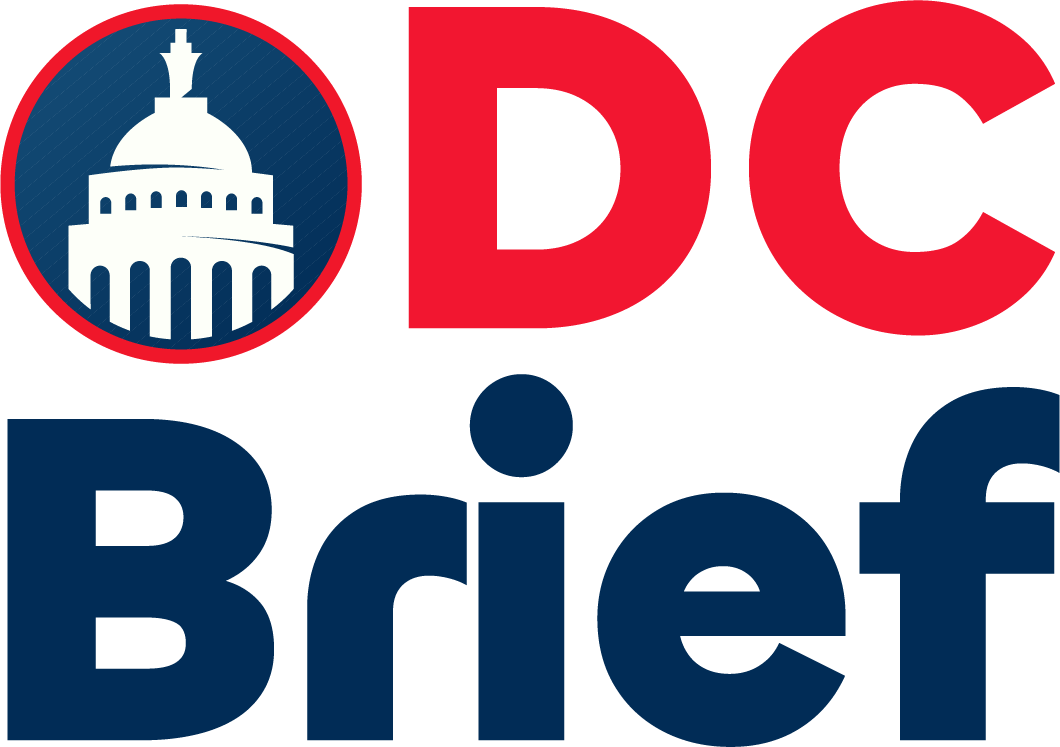In the United States, architecture firms are seeing reduced demand as commercial real estate activity weakens. Billings across the industry continue to drop, reflecting economic uncertainty and ongoing tariff complications. This decline points to growing caution in real estate planning and investment.
According to new data, the Architecture Billings Index (ABI) fell again, signaling contraction. A score below 50 on the index suggests declining business conditions. The most recent score of 46.8 reflects soft demand nationwide.
While the South showed a small improvement, other regions still experienced reduced billings. Some sectors, like commercial and institutional design, declined at a slower pace. However, multifamily projects continued to struggle, showing the weakest results.
The commercial real estate slowdown has impacted not only billings but also new contracts. The number of newly signed design deals dropped for the 16th straight month. Without stronger contract numbers, billing improvements will likely remain limited.
Despite this, inquiries into new projects offer a potential bright spot. The latest report shows a second monthly rise in client inquiries. These inquiries, though positive, do not yet confirm actual contracts or future construction activity.
The American Institute of Architects issued a cautious midyear forecast. It predicts only modest growth in nonresidential building spending. The outlook shows a projected rise of 1.7 percent this year and 2 percent next year.
Meanwhile, the commercial real estate slowdown continues to affect key sectors. Spending on manufacturing facilities is expected to drop 2 percent this year. A further 2.6 percent decline is anticipated next year.
Institutional building remains more stable. This category includes hospitals, schools, and government projects. It is forecast to grow by over 6 percent this year and another 3.8 percent the following year.
The real estate sector also faces headwinds from unstable tariff policies. Architects and builders face challenges in planning due to shifting import costs and supply chain risks. Concerns about pricing, availability, and trade disputes add to uncertainty.
These tariff complications delay decision-making and create hesitation among clients. Many industry players now wait for clarity before launching major projects. Until then, architecture firms expect limited growth in billings and contracts.
The commercial real estate slowdown, driven by external pressures, continues to limit momentum in the architecture and construction industries. Companies must remain flexible and prepare for further market changes.
For more business updates, visit DC Brief.


